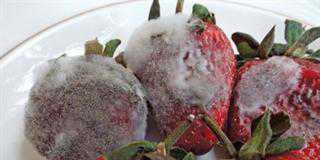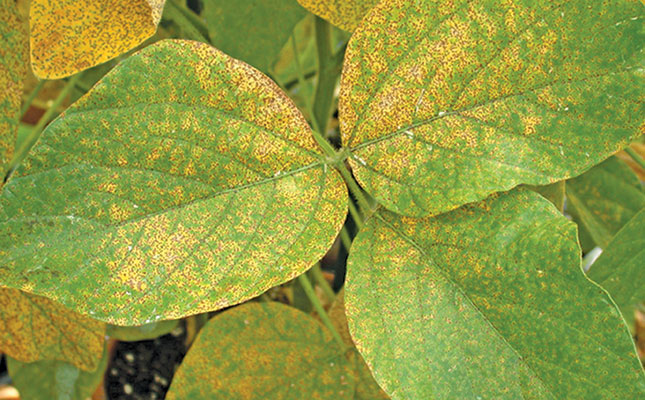It is now known that all of the maize types arose from a single domestication in southern Mexico approximately 9 000 years ago. From about 2500 BC, the crop spread through the Americas. From the late 1400s, European explorers started transporting maize back to the Old World across the Atlantic.
The crop quickly became popular in other countries as it could grow in a wide range of climates. In developed countries, maize is consumed mainly as second-cycle produce in the form of meat, eggs and dairy products. In developing countries, maize is eaten directly and serves as a staple diet for 200 million people.
In a processed form, it is also used as fuel (ethanol) and starch. Starch in turn is used in household items as diverse as beer, ice cream, syrup, shoe polish, glue, fireworks, ink, batteries, mustard, cosmetics, aspirin and paint.
SA maize production
Figures vary from season to season, but generally about eight million tons of maize grain are produced annually in South Africa on 3,1 million hectares. Half of this consists of white maize for human food consumption. Maize requires between 450mm and 600mm of water per season, mainly acquired from soil moisture reserves. At maturity, each plant will have consumed 250l of water.
Uptake of nutrients
The assimilation of nitrogen, phosphorus and potassium reaches a peak during flowering. At maturity the total nutrient uptake of a single maize plant is 8,7g nitrogen, 5,1g phosphorus and 4g potassium. Each ton of grain produced removes 15kg to 18kg nitrogen, 2,5kg to 3kg phosphorus and 3kg to 4kg potassium from the soil.
No other crop utilises sunlight more effectively than maize. Its yield is the highest of all grain crops. At maturity, the total energy used by one plant is equivalent to that of about 8 000 15W electric globes in an hour.
The number of kernel rows may vary between four and 40, depending on the variety. Up to 1 000 kernels may be produced by a single plant. In spite of only one pollen grain being required to produce one kernel, each tassle produces some 25 000 000 pollen grains, or 25 000 grains for each kernel.
As a result, up to 40% of the tassles in a planting may be lost without affecting pollination, other factors remaining optimal.
In the next issue, we’ll take a closer look at the plant itself.
Maize or corn?
In the US and Canada, ‘corn’ is another word for maize. Elsewhere it refers to any cereal crop. When speaking of maize, the narrower meaning is usually indicated by an additional word – thus sweetcorn, popcorn and cornflakes are all maize products.
Because of this confusion, ‘maize’ is the preferred usage internationally, as it refers to a specific grain.
The SA word mealie is derived from the Portuguese word for maize, milho.
Sources: Du Plessis, Jéan: Maize Production (department of agriculture); Roney, John: ‘The Beginnings of Maize Agriculture’ (Archaeology Southwest).













